Sure you can carry a bunch of fire starters, but that’s a finite supply. It’s best to save those for an emergency situation, and to look for natural or readily available options.
In this video survival expert and instructor David Holladay reviews some natural resources that make great fire starters. While some are more specific to certain areas, many of his suggestions are available nearly everywhere.
If you’re in a desert environment Juniper is a great resource. When dead, the wood easily burns and provides a strong flame.
Juniper also provides a flash tinder in the form of its seed heads. If you don’t know, flash tinder is a material that easily takes a spark to flame, but usually it takes a lot of it, or a second material to get a fire going. Sage brush flower heads are another great flash tinder.
David also talks about using the inner bark of the cottonwood tree. If you don’t have cottonwoods available, experiment with other trees. The inner bark of some cedar species is a great option. Several members of the poplar family also have inner bark that makes great tinder when dried.
Keep an eye out for grasses, shrubs, and wild flowers that have died and dried. Many of these make a great tinder, and when available they’re often abundant.
Spruce and other evergreens contain lots of resins. They burn great, especially when dry. Once again, if you don’t have access to spruce, look for dried cedar and pine. Speaking of pine, a dead pine, especially a stump, is one of the best sources of natural fire starters. It’s known by many names, fat wood, stump lighter, and lighter knot, to name a few. Regardless of what you call it, it’s one of the best natural fire starters you can find. Just as David points out, it’s even worth rationing this wonderful natural resource.
On the other hand, you might have some alternative man made fire starters available. Jute cordage that is often used for binding shipments, is a great option. It’s actually treated with a petroleum products to deter rodents from using it as nesting materials. Of course, this also helps it burn. Paper plates and other trash can unfortunately be found in the field. With a bit of preparation these items can make great fire starters. Be sure to check out David’s video for more insight into his wealth of survival knowledge.
Disclaimer: This video content is for informational purposes only. Although the author and publisher have made every effort to ensure that the information is correct, the author and publisher do not assume and hereby disclaim any liability to any party for any loss, damage, or disruption caused by errors or omissions, whether such errors or omissions result from negligence, accident, or any other cause. The publisher and the author make no guarantees concerning the level of success you may experience by following the advice contained in this video.


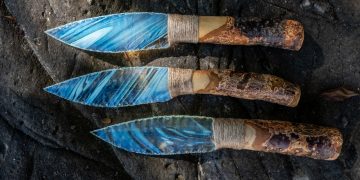
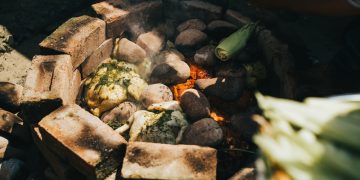

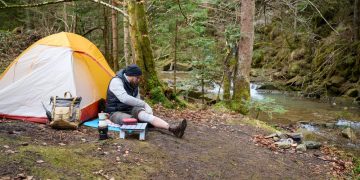

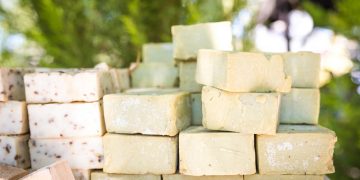














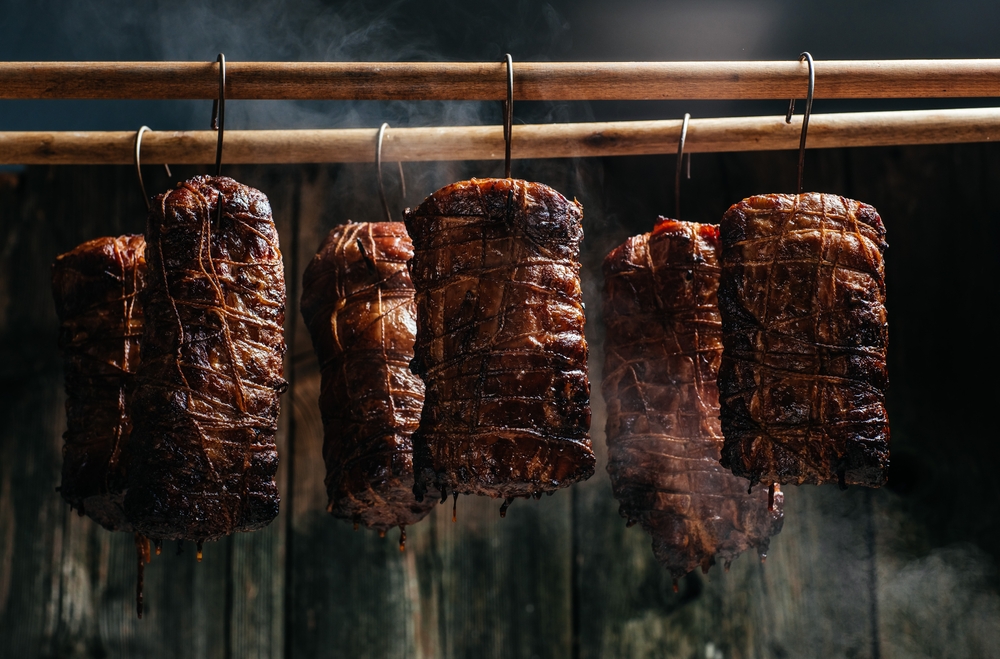
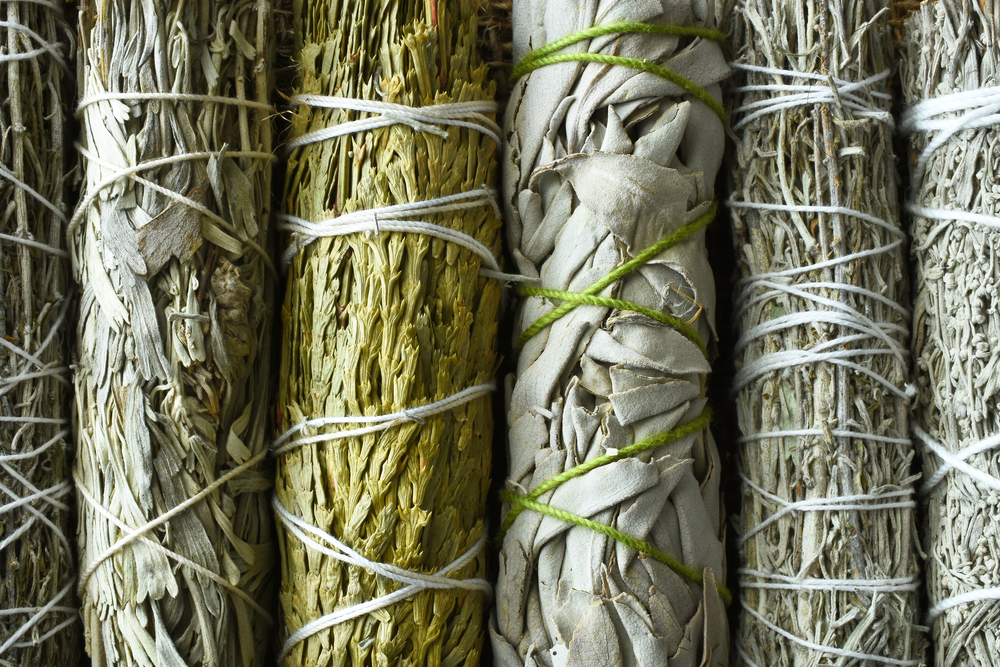
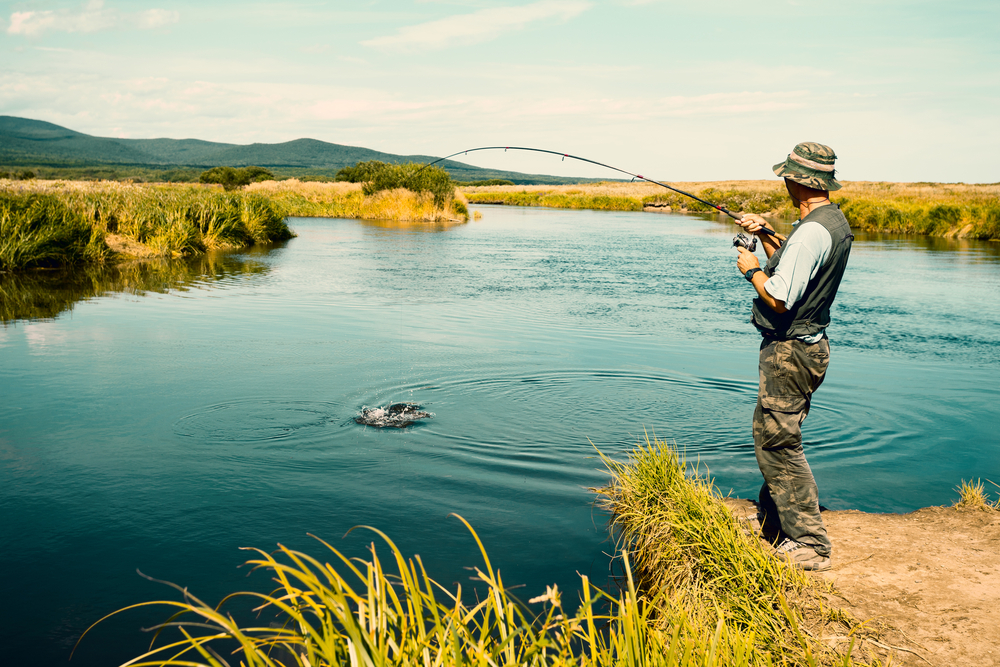
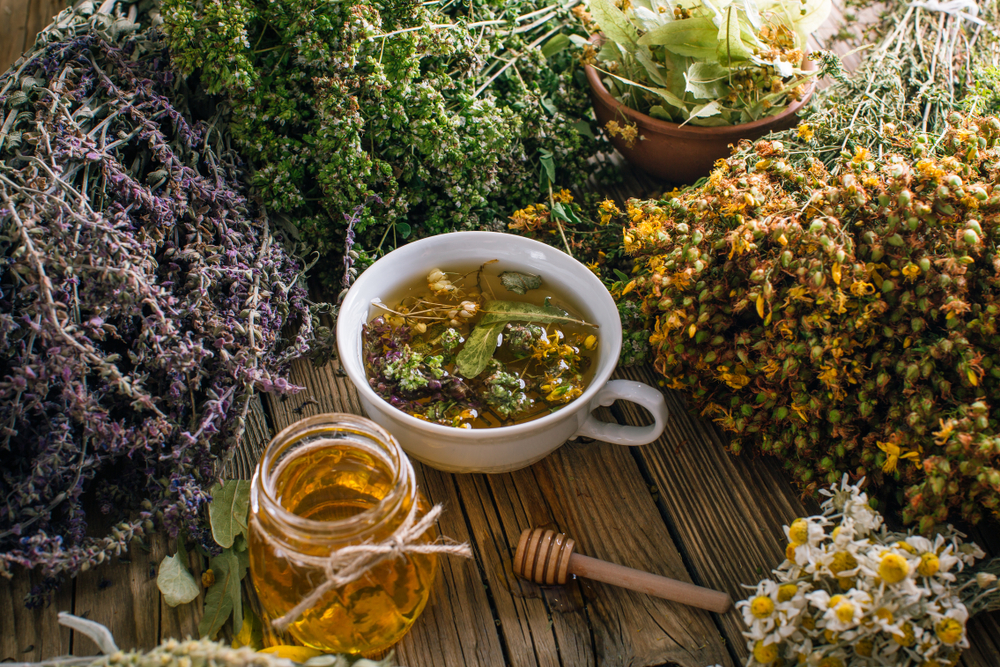

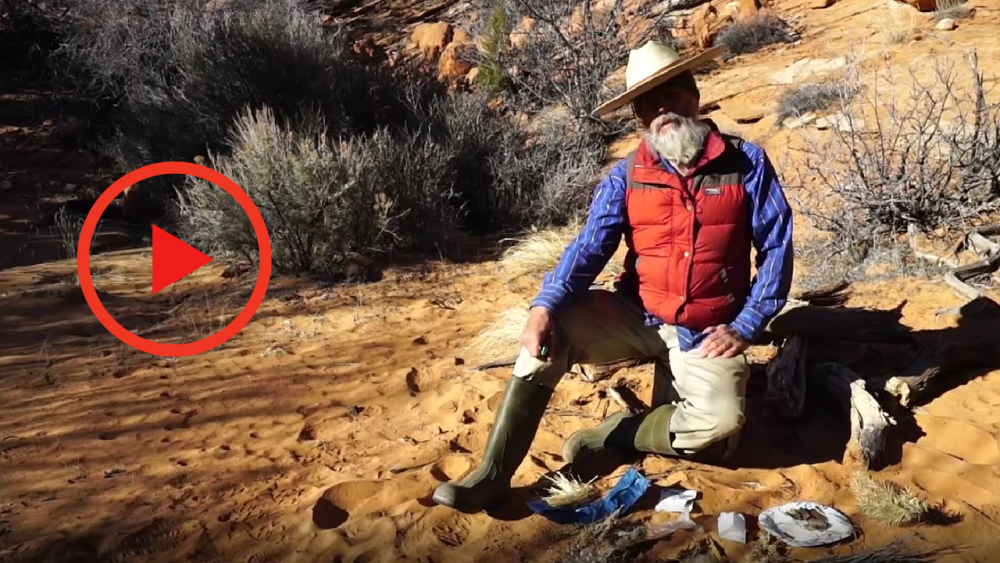
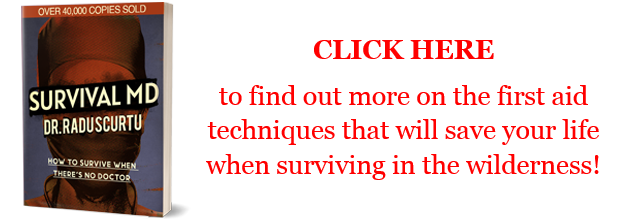





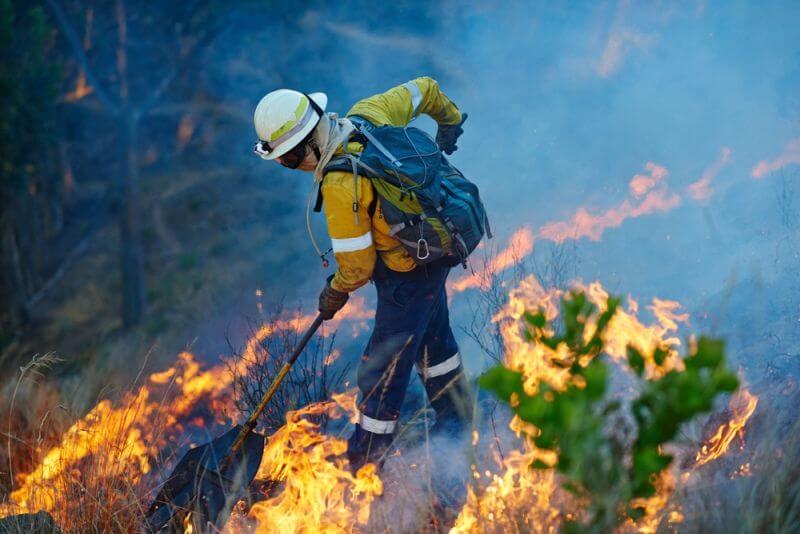
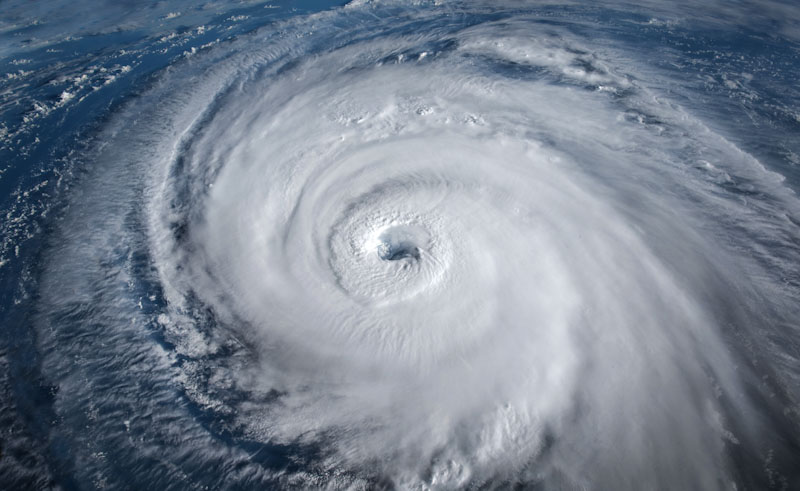



















































I enjoyed the video! Thanks for the tips! Can you post your collection of videos? Just be sure and never use TP that was used by someone else for other than a fire….It is usually too wet:) Thanks once again and have a great day!
Hello, Robert. Thank you for your kind words. Please see our Youtube Channel and subscribe to it. That way you will never miss a video. https://www.youtube.com/channel/UC81gv78CYEGvjhD7FBNTYJQ
I’ve always kept a lookout for bird’s nests. Here in Southern Utah the trees aren’t that tall, and many of the nests are made of really fine material that lights up just fine if it’s at all dry, and of course, not currently being used.
Might you have a video of firestarters when it’s wet out? Seems any of these would work since it appears your in an arrid climate and dry period.
Thanks for your videos!